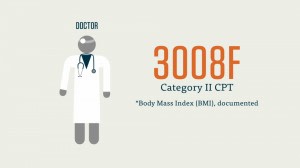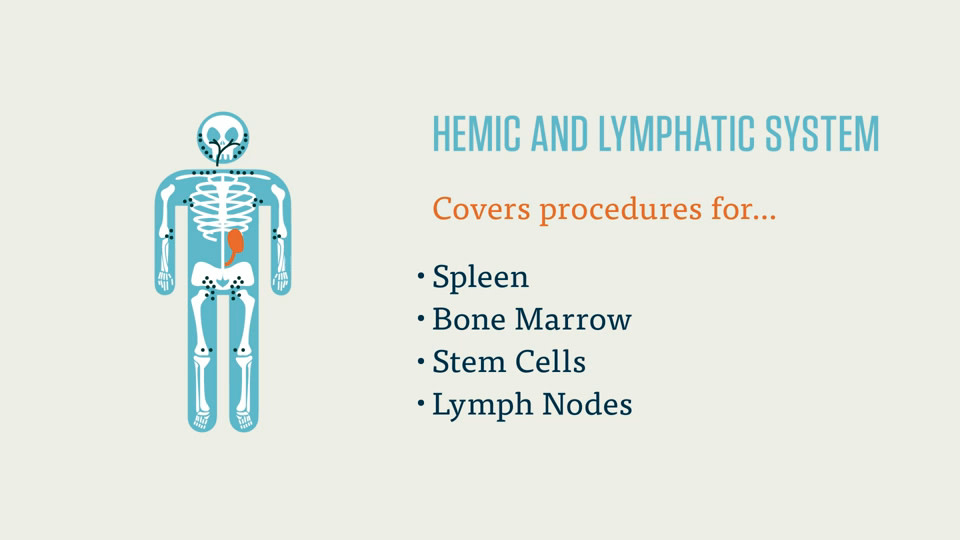Is an Online Medical Billing and Coding Program Right for You?
Everything You Need To Get Started in Medical Billing & Coding
Once you’ve completed your training in medical billing and coding, it’s time to venture out into the job market. A word of warning: because medical billing and coding is expanding so rapidly, many young coders often find the job market saturated. It can be tough to get a coding or billing job right away.
Many new coders and billers start working in related healthcare fields, and then use that experience as leverage to get a billing or coding job. With a lucrative, growing field like coding and billing, it’s all about getting your foot in the door.
FEATURED ONLINE MEDICAL CODING PROGRAMS
How to Get Your Foot in the Door
Health informatics (the fancy term for the study, analysis, and management of health information and data) isn’t just coding and billing. There’s a huge range of positions that support healthcare providers and help them run their practices.
If you can’t get into coding right away, try working the office or front desk of a physician. Make connections with the doctors and provider offices you visit on a regular basis and see if they’re hiring or if they know of someone who is. Clerical work might seem like a dead-end, but this type of work demonstrates a commitment to the field and hands-on experience with how the business of healthcare works.
You can also look for work in medical records. Like working at a receptionist or front office position, it’s a slightly indirect way of getting into coding, but you’re familiarity with the provider’s office will serve you well. You can also look for work through a temp agency, though your success there may vary.
Don’t discount volunteering or job shadowing, either. While you don’t want to work for too long for free, volunteering at a provider’s office can give you some first-hand experience and demonstrates your interest. Job shadowing is another way of getting a great look at the business from the inside. If you have a relationship with a professional biller or coder, just ask them if you can trail them for a day. You’ll learn more in a day of watching how a biller works than you would in a week in the classroom.
One of the best ways to get your foot in the door and get professional experience is through an internship. These, like many coding positions they lead up to, can be scarce.
Where to Look for a Job or Internship
There are a variety of good job resources for medical billing and coding. You can find internships on third-party aggregator sites like LookSharp or you can search for openings via LinkedIn.
Some of the best resources for finding new jobs are the professional organizations that we mentioned in the previous course: the American Association of Professional Coders (AAPC) and the American Health Information Management Association (AHIMA).
We talked at length in the last Section about preparing for the AAPC’s CPC exam. If you’re looking to take that test at some point in the future, it makes sense to join the AAPC now, especially if you can take advantage of their student rate, which is just $70 a year. Membership in either of these professional organizations will grant you contacts and connections to coders and billers all over the country. Both of these organizations also have excellent job boards and provide lots of free job resources for new health information professionals.
Another option for those fresh out of school is to take the CPC exam right away, without the two years recommended work experience. It will be a challenge, but if you’re confident in your schooling and your skills, you should be able to pass the exam. Once you have passed, you can take part in the CPC Apprentice program. You won’t be a fully certified coder, but you’ll have a leg up on the rest of the uncertified competition. Plus, once you do find a coding job, you can use that as a means of gathering work experience to put toward your full certification.
How to Interview for a Job
Firstly, you’ll want to do your research. Learn a little bit about the company you plan on applying to, and bring that to bear in your interview. You’ll want to demonstrate how your particular skills can better the company, and how your career goals could align with the goals of the company.
Be prepared to get tested. No one’s going to plunk down a stack of multiple-choice problems, but they very well may test you on vocabulary and medical terminology. You may have to work through some hypothetical patient interaction scenarios, in which you explain how you’d communicate with a patient who, let’s say, is behind on their payments.
Speak to your experience, especially when it comes to coding or billing software. It’s good to ask your interviewer some questions as well—What type of practice management program do you use here? What’s your average case volume? Ask practical, serious-minded questions and base your responses to later questions on the answers.
It’s also good to state your goals for the future. If you’re a non-certified biller or coder, you should explain how you’re interested in earning a certification in the near future.
Even with these tips in mind, it won’t always be easy to land your first coding or billing job. Just remember to be patient and persistent, and you should do fine.
Section 1
What is Medical Billing & Coding?
(5 videos, 24:50 minutes)
Section 3
What is Medical Billing?
(10 videos, 01:04:27 hours)
Section 4
MBAC at Work
(3 videos, 23:16 minutes)
Section 6
Advice
(3 videos, 14:41 minutes)
Section 2
What is Medical Coding?
(13 videos, 02:08:50 hours)
Section 5
Certification Prep
(28 videos, 01:29:32 hours)






